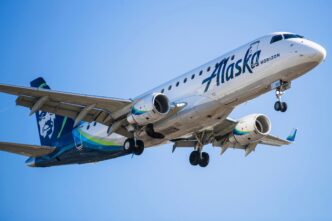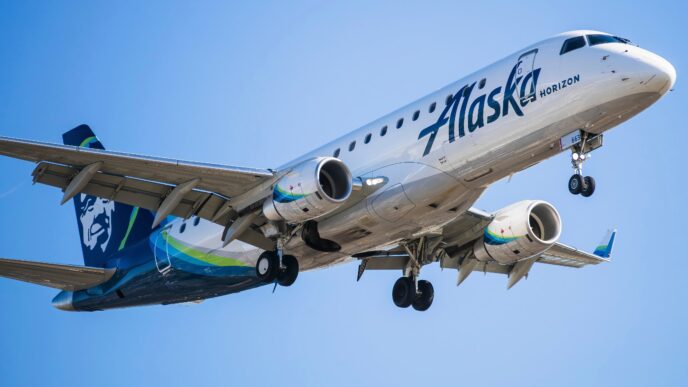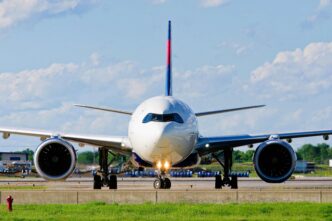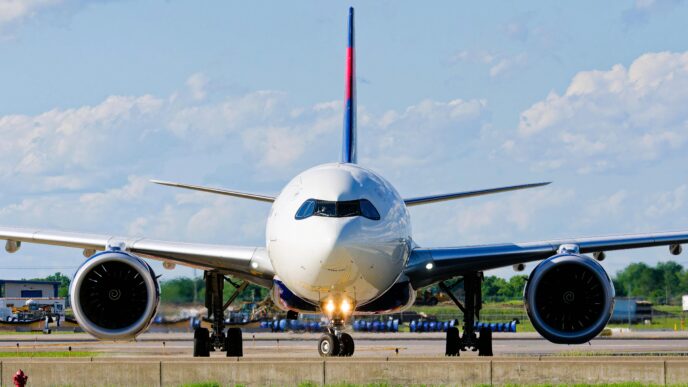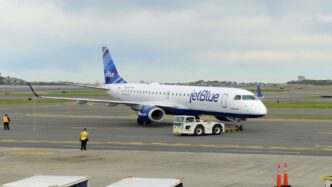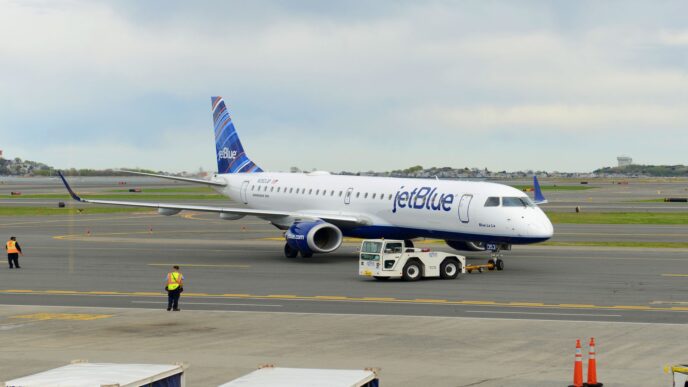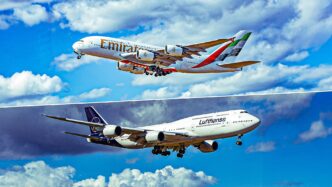John Meekins, the visionary behind the Privateer aircraft, initially set out to create a fast and stable amphibious plane that could comfortably transport his family. Unfortunately, due to health issues, he’s had to put the aircraft up for sale. Ivor Goodwin, a test pilot for the Privateer, is managing the sale process. So far, the prototype has logged 42.7 hours in flight tests and 1.5 hours in water maneuverability trials. Goodwin and the team are hopeful that a new company will take over and continue the development of this promising aircraft.
The Privateer is crafted from carbon fiber composites, which help keep the weight down and prevent corrosion. It’s powered by a robust 724-horsepower Walter 601 series turbine engine, promising performance that outshines previous amphibious models. The current design can accommodate a pilot and up to six passengers, but there’s potential to expand the passenger capacity. Goodwin mentioned that several interested parties have already come forward, and he anticipates even more interest given how far along the aircraft is in its development. “We’ve tackled the major challenges,” he said. “We’ve proven it can both float and fly.”
However, there’s still work to be done before the Privateer is production-ready. One issue is that the company initially hired a boat-building firm to construct the airframe, resulting in an overuse of carbon fiber layers. This has led to the prototype weighing around 5,500 pounds instead of the intended 3,500. The aircraft boasts a wingspan of 42.9 feet and a length of 43 feet. Performance-wise, it aims for a maximum cruise speed of 195 knots at sea level and 215 knots at 15,000 feet, with an initial climb rate of 2,100 feet per minute and a service ceiling of 25,000 feet. The takeoff distance on land is expected to be 1,300 feet, clearing a 50-foot obstacle. The asking price for this innovative aircraft? Around $5 million.
#AviationInnovation #AmphibiousAircraft #PrivateerPlane #AviationDevelopment #AircraftForSale
Originally reported by AOPA General Aviation News Read More




